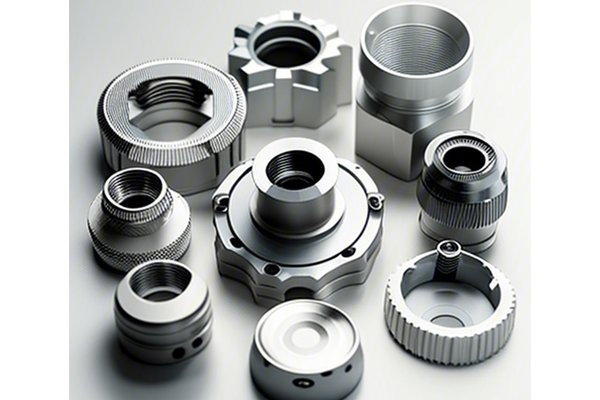*
In the realm of CNC machining, precision is paramount. One critical aspect of this precision is verticality, which refers to how well a part maintains a perpendicular relationship to a reference surface. Ensuring that components meet verticality tolerances is essential for proper assembly and functionality in various applications, from aerospace to automotive industries. At YL Machining, we understand the challenges and complexities of maintaining verticality standards throughout the CNC machining process. In this comprehensive guide, we will explore the importance of verticality, techniques to control it effectively, equipment considerations, and best practices to ensure tolerance compliance.
Understanding Verticality in CNC Machining
Verticality, in the context of machining, pertains to the alignment of a part’s features relative to a defined vertical plane. The degree of verticality is typically expressed as a tolerance that specifies the acceptable deviation from perfect vertical alignment. For example, a part may have a verticality tolerance of ±0.02 mm, meaning it can deviate from true vertical by no more than 0.02 mm in either direction.
The significance of verticality is particularly pronounced in assemblies where parts must fit together with high accuracy. Deviations can lead to misalignments that affect performance and durability, ultimately resulting in costly rework, scrap, and project delays.
Factors Influencing Verticality
Several factors can influence verticality in CNC machining, including:
Techniques to Control Verticality
To ensure verticality compliance, CNC machinists employ several techniques throughout the machining process.
The choice of workholding method is critical to achieving verticality. Devices such as vises, clamps, and fixtures must provide a stable and rigid hold on the workpiece. Plastic or elastic deformation can result in verticality errors.
Routine maintenance and calibration of CNC machines are essential practices to control verticality.
Programming tool paths with verticality constraints can mean the difference between achieving a compliant part and producing scrap.
Incorporating quality control measures is vital to ensuring verticality compliance.

The cutting parameters employed during machining operations can affect verticality.
Advanced Techniques for Verticality Control
Modern CNC machining benefits significantly from advanced software tools that enhance precision through simulation and real-time monitoring.
Feedback mechanisms can maintain verticality accuracy throughout the machining process by utilizing sensors and controls.
Adopting lean principles can streamline processes, reduce waste, and enhance overall machining accuracy, including verticality.
Case Studies: Successful Verticality Control
Case Study 1: Aerospace Component Manufacturing
Aerospace manufacturers face strict tolerances due to safety regulations. A leading aerospace company partnered with YL Machining to improve verticality control in their structural components.
By implementing custom fixturing and advanced software tools, the company achieved a verticality tolerance improvement of 70%. The combination of rigorous quality control inspections and CMMs ensured they met the high standards required for certification.
Case Study 2: Automotive Parts Production
An automotive supplier confronted issues with verticality tolerances that were causing assembly line interruptions. YL Machining analyzed their processes and recommended regular machine maintenance and a revision of their workholding setups.
As a result, verticality-related defects dropped by 50%, and they were able to achieve faster production rates with fewer assembly errors.
Ensuring verticality in CNC machining is critical for producing high-quality components that meet stringent tolerances across various industries. At YL Machining, we recognize the multifaceted nature of this challenge and provide comprehensive solutions that cover everything from precision workholding and machine calibration to software integration and continuous improvement methodologies.
By adopting a holistic approach and leveraging advanced technologies, organizations can minimize errors and achieve the high levels of precision required for success in today’s competitive market. Embracing these techniques also improves product quality, reduces waste, and enhances customer satisfaction, ultimately contributing to bottom-line profitability.
Through careful attention to verticality controls, manufacturers can thrive in industries where precision and compliance are non-negotiable. For inquiries about CNC machining services or to learn more about how YL Machining can assist you in achieving your precision goals, please don’t hesitate to reach out.






